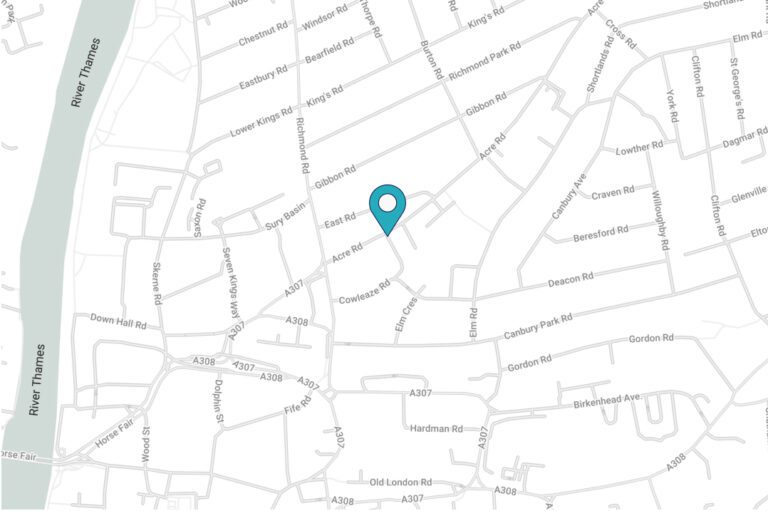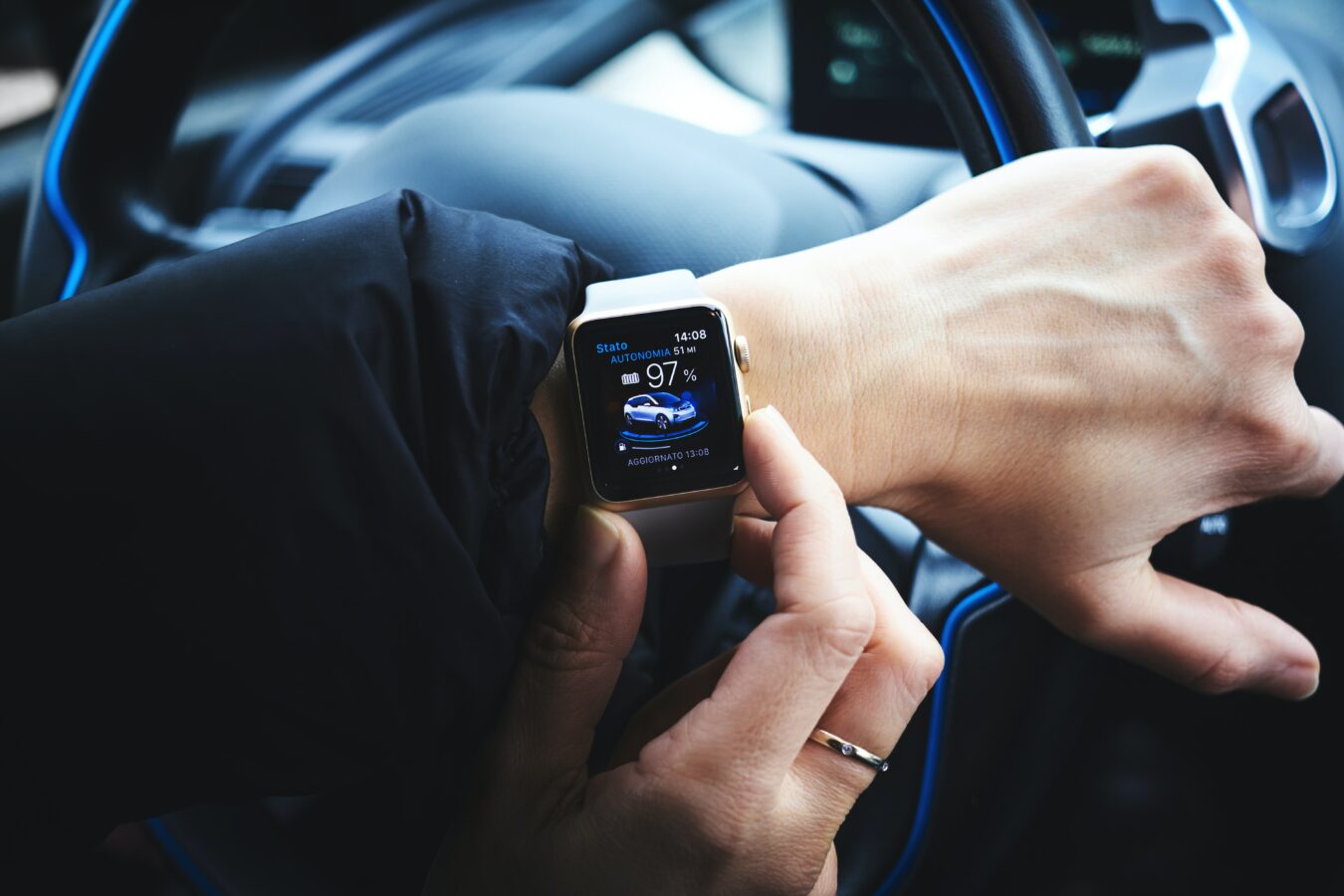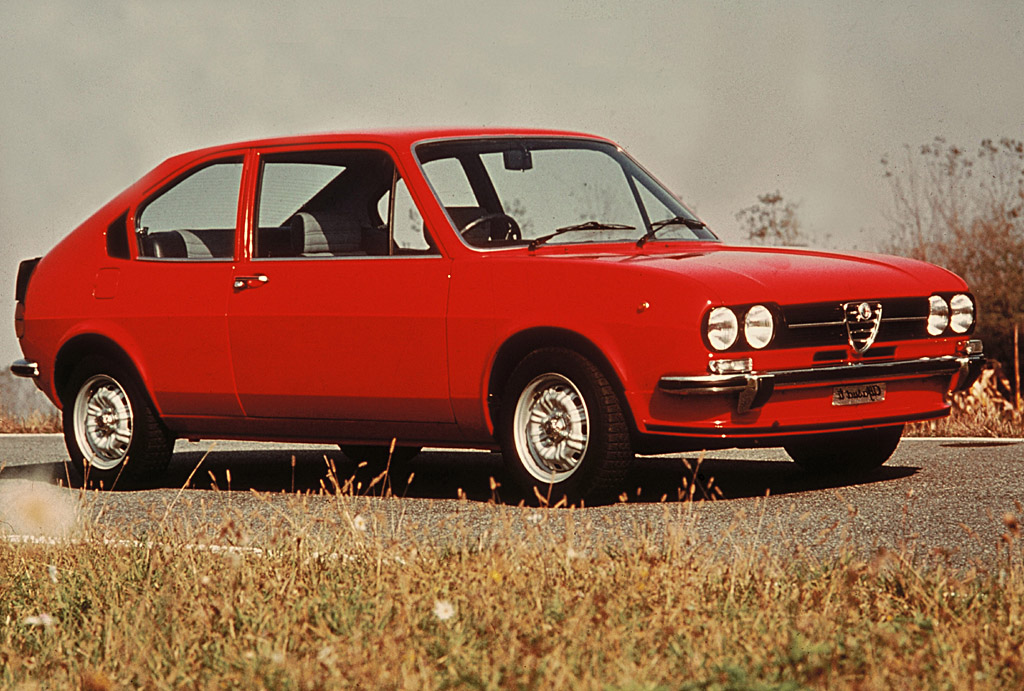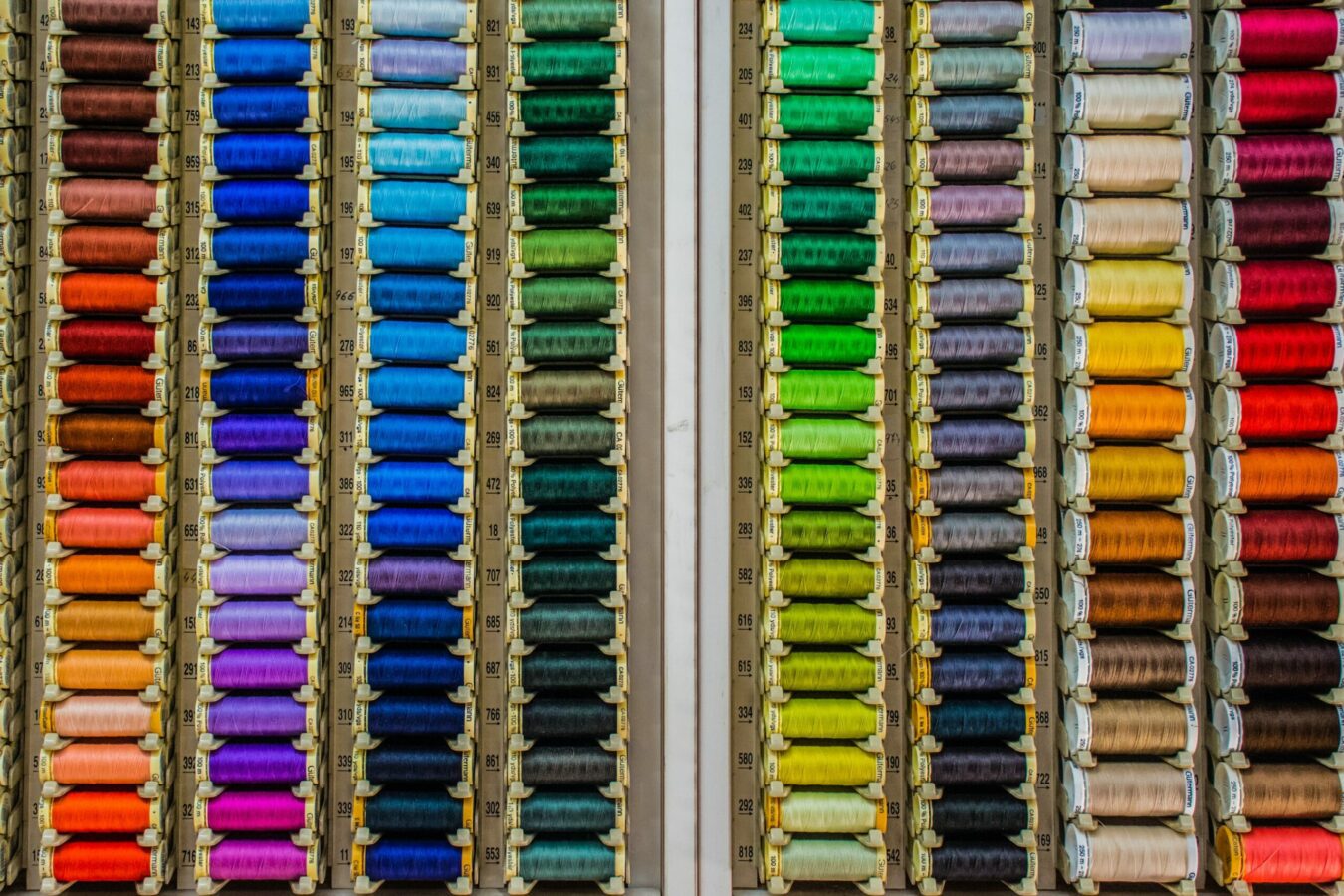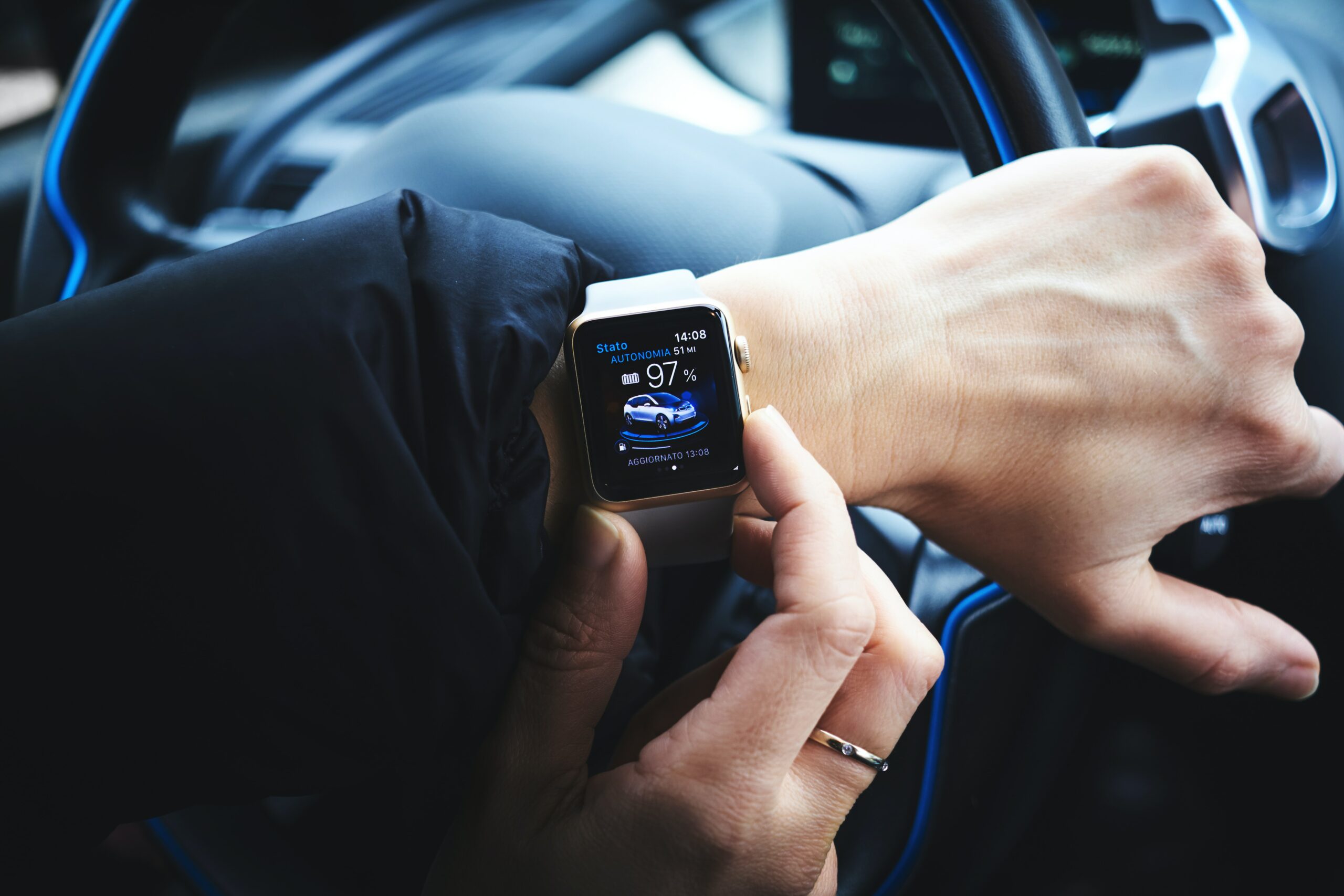 Ironically, for a nation struck down by a pandemic, we have seen a growth in physical activity. Lockdowns, one hour exercise limits and a general restrictions on what you can and cannot do for many months at a time has spurred us on to get out and get more active.
Ironically, for a nation struck down by a pandemic, we have seen a growth in physical activity. Lockdowns, one hour exercise limits and a general restrictions on what you can and cannot do for many months at a time has spurred us on to get out and get more active.
This in turn has helped fuel the growth of the already booming sports wearable tech market with 900 million active users forecasted by 20221 and a market valuation of $102.2 billion predicted by 20262
So, with the nation thankfully heading towards normality, or at least a new normal, what is going to help the wearable tech market continue to grow at its steady rate?
Smart watches & wristband trackers
Smart watches and wristband trackers almost inevitably lead the sales growth, a cost-effective introduction for all to the market, but how are the likes of Apple, Fitbit and Xiamoi going to stay ahead of the game?
A survey of Performance employees in both London and Dubai revealed that while 90% of employees owned a smart watch or wristband tracker, the novelty had worn off and a general apathy set in, with over a third (35%) of owners stopping using them.
Continuous improvements on product design, tech and app functionality are sure way to ensure to encourage repeat custom, attract new brand advocates and help maintain constant use. Fitbit for example is looking to increase wider brand appeal and recently launched their new Luxe model aimed at fashion conscious women.
Hearables
Aside from the obvious communication benefits from the likes of Apple AirPods, hearable wearable technology provides an alternative to the fitness trackers, offering more exact blood pressure and temperature measurements by locating sensors nearer to blood vessels and closer to the core of the body. 270m sector sales are expected in 2023 and it is predicted that that the market for hearables with biosensors will reach $5 billion by 20303.
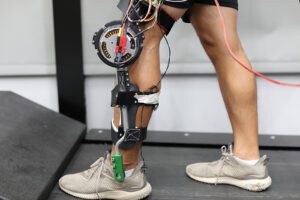 Exoskeletons
Exoskeletons
Exoskeletons, or power suits, are being developed to not only assist injury rehabilitation and mobility issues but also help factory workers and the military. While the technology is at an early stage of development and a long way from becoming part of the mainstream, it is an exciting sector that I’ll be keeping a close eye on in the years to come.
Personalised Wearables
I’m a little sceptical of the robustness of the personalised wearables market, wearables that exist inside your favourite jewellery, but as our very own Head of Technology, Jamie Ivory, has been seen on Zoom recently wearing his Ouraring, then I’m sure he is on to something!
Kinetic Heat Charging
Kinetic wearable devices are being developed that convert heat from the human body into electrical energy. With constant power, removing the need for traditional electrical charging, kinetic wearables will help encourage 24-7 use and I’m sure it will not be long before it becomes the norm within mainstream smart watches and fitness trackers.
Embedded Devices: ‘Implantables’
As technology has developed wearable devices are becoming smaller and almost inevitably will become implanted into the human body, taking the term wearables to another level! There are many hurdles to overcome within this sector, not least the safe process of implanting and upgrading, but if this technology takes off then there would be nothing easier to measure your fitness levels than a hidden microchip!
The wearable technology industry continues to grow and to excite with new tech introduced onto the market at an incredible speed. While smart watch and fitness tracker sales continue to thrive, it will be fascinating to see where the likes of the hearables, kinetic heat technology and even the embedded device markets lead in the next few years. If wearable tech companies have exhausted all avenues, then they can always diversify, who knew the pet wearables market existed?!
